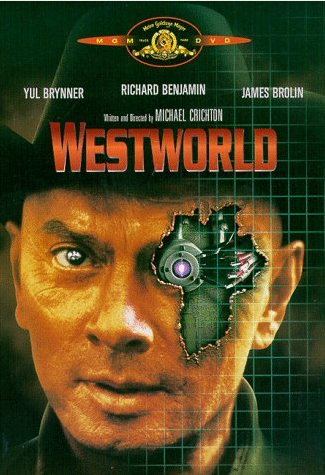Expanded Sources of ESI May Leave You “Fit” to be Tied – eDiscovery Trends

One of the items that I bought my wife for Christmas (which she really wanted) was an UP 24™ Fitness Tracker, which is a wristband that tracks a variety of fitness metrics, including steps taken, workouts logged and calories burned (not to mention sleep cycles) and enables you to share and compare your stats with your friends via an app on your mobile device. Another example of a similar device is a Fitbit®. Based on a recent case, these devices are just another example of new devices from which relevant ESI may be collected for discovery.
In the recent Forbes article (Fitbit Data Now Being Used In The Courtroom, written by Parmy Olson), a law firm in Calgary is working on the first known personal injury case that will use activity data from a Fitbit to help show the effects of an accident on their client.
As the article notes, “The young woman in question was injured in an accident four years ago. Back then, Fitbits weren’t even on the market, but given that she was a personal trainer, her lawyers at McLeod Law believe they can say with confidence that she led an active lifestyle. A week from now, they will start processing data from her Fitbit to show that her activity levels are now under a baseline for someone of her age and profession.
It will ‘back up what she’s been saying,’ says her lawyer, Simon Muller of McLeod Law.
The lawyers aren’t using Fitbit’s data directly, but pumping it through analytics platform Vivametrica, which uses public research to compare a person’s activity data with that of the general population.”
More and more, everyday objects are able to connect to the Internet and these devices are gathering, sending and receiving data. Glasses, fitness wristbands, even your thermostat is sending and receiving data. On one hand, the “Internet of Things” is making our lives easier by enabling us to access more information than ever, but, it also increases data security and privacy risks, not to mention potentially complicates discovery from an information governance, collection and preservation standpoint. Now, in certain types of cases, we may need to collect or request data from devices never before considered as discoverable.
So, what do you think? What’s the most unusual device that you have ever had to collect potentially responsive ESI? Please share any comments you might have or if you’d like to know more about a particular topic.
Disclaimer: The views represented herein are exclusively the views of the author, and do not necessarily represent the views held by CloudNine. eDiscoveryDaily is made available by CloudNine solely for educational purposes to provide general information about general eDiscovery principles and not to provide specific legal advice applicable to any particular circumstance. eDiscoveryDaily should not be used as a substitute for competent legal advice from a lawyer you have retained and who has agreed to represent you.








